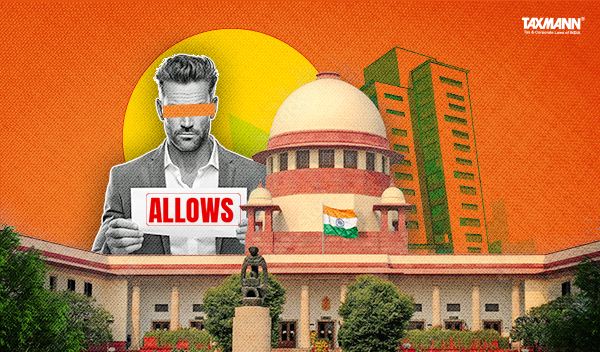HC Allows Dissolution Plea as Company Had No Further Assets to Realize, Making Pending Winding-up Proceedings Purposeless
- Blog|News|Company Law|
- 2 Min Read
- By Taxmann
- |
- Last Updated on 3 June, 2024
Case Details: Bank of India v. Sarvodya Paper Mills Ltd. - [2024] 163 taxmann.com 21 (HC-Delhi)
Judiciary and Counsel Details
-
- Dharmesh Sharma, J.
- Amit Agrawal, Ms Reaa Mehta & Ms Sana Jain, Advs. for the Respondent.
Facts of the Case
In the instant case, the Respondent company was ordered to be wound up on the ground of non-payment of outstanding dues amounting to Rs.1.49 crore along with due interest and an official liquidator (OL) was appointed.
The OL invited claims from creditors and workmen of the company (in liquidation). Subsequently, a joint meeting was held between various secured creditors of the company (in liquidation) from whom claims were received, wherein it was agreed that the sale proceeds from factory premises as well as plant and machinery, amounting to Rs. 2.75 corers would be distributed amongst them on a pro-rata basis.
The disbursement was carried out accordingly. The fund’s position of the company (in liquidation) stood at Rs. 26.78 lakhs, and expenses on account of liquidation and statutory dues stood at Rs. 2.53 lakhs.
Therefore, after adjusting said expenses, a sum of Rs. 24 lakhs would be available for distribution to secured creditors. OL received two more claims: first, a claim from company 3A, who represented themselves as an equity shareholder of the company (in liquidation); and second, a claim from Trade Tax.
However, since the company (in liquidation) did not have sufficient funds and no further assets were available with OL from which any money could be realised and paid to any of the creditors of the company other than its Secured Creditors, an application was moved on behalf of OL. The application sought permission to make payment to the secured creditors and transfer the available balance to Common Pool Fund, after deducting liquidation expenses incurred by the office of the OL.
High Court Held
The High Court held that the company (in liquidation) had no further assets, either movable or immovable, from which any money could be realised. Therefore, an instant application had been filed under Section 481 for dissolution of the company (in liquidation), as no fruitful purpose would be served by keeping the winding up proceedings pending.
Keeping in mind the facts and circumstances of the instant case, these liquidation proceedings warranted to be brought to an end, and therefore, the instant application was to be allowed.
List of Cases Reviewed
-
- Meghal Homes v. Shree Niwas (para 15) followed.
Disclaimer: The content/information published on the website is only for general information of the user and shall not be construed as legal advice. While the Taxmann has exercised reasonable efforts to ensure the veracity of information/content published, Taxmann shall be under no liability in any manner whatsoever for incorrect information, if any.

Taxmann Publications has a dedicated in-house Research & Editorial Team. This team consists of a team of Chartered Accountants, Company Secretaries, and Lawyers. This team works under the guidance and supervision of editor-in-chief Mr Rakesh Bhargava.
The Research and Editorial Team is responsible for developing reliable and accurate content for the readers. The team follows the six-sigma approach to achieve the benchmark of zero error in its publications and research platforms. The team ensures that the following publication guidelines are thoroughly followed while developing the content:
- The statutory material is obtained only from the authorized and reliable sources
- All the latest developments in the judicial and legislative fields are covered
- Prepare the analytical write-ups on current, controversial, and important issues to help the readers to understand the concept and its implications
- Every content published by Taxmann is complete, accurate and lucid
- All evidence-based statements are supported with proper reference to Section, Circular No., Notification No. or citations
- The golden rules of grammar, style and consistency are thoroughly followed
- Font and size that’s easy to read and remain consistent across all imprint and digital publications are applied








 CA | CS | CMA
CA | CS | CMA


